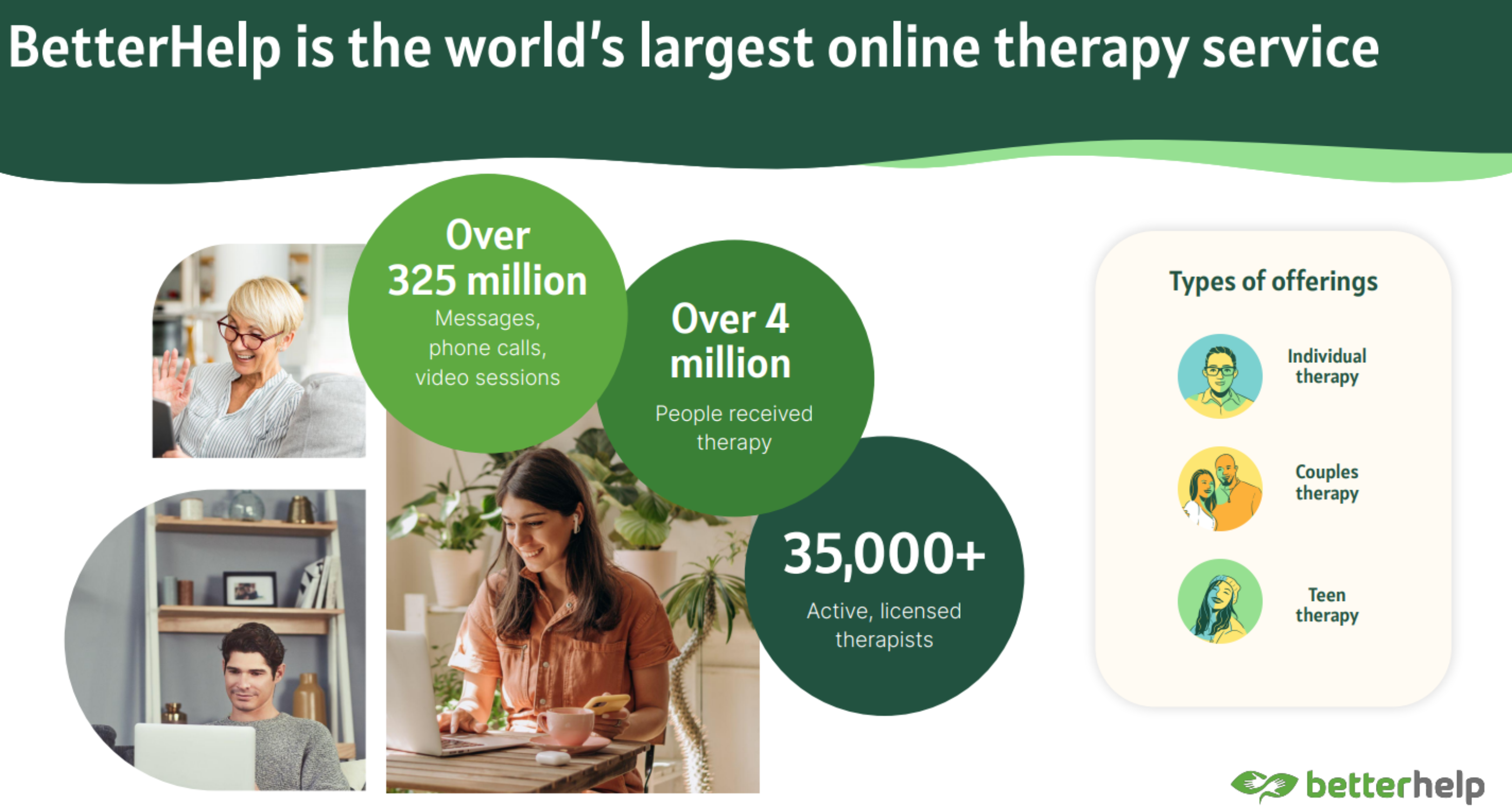Emotional awareness – Why You Feel Empty (And What to Do About It)
Emotional awareness. Perhaps you move through life checking all the right boxes—career, relationships, achievements—yet still feel like something essential is missing. This emptiness isn’t a character flaw or simply “the human condition.” It’s a specific psychological experience with identifiable roots and, most importantly, pathways toward genuine fullness.
This feeling often develops when your authentic emotional experience wasn’t adequately mirrored or validated in childhood. Perhaps your caregivers were physically present but emotionally distant, or maybe certain feelings were acceptable while others were discouraged or punished. Without consistent attunement to your internal world, you may have learned to disconnect from your authentic experience—creating a sense of emptiness where vibrant feeling should exist.
Your body expresses this emptiness in tangible ways. You might feel a literal hollowness in your chest or abdomen—a physical manifestation of emotional disconnection. Perhaps you experience fatigue that doesn’t resolve with rest, or a sense of going through motions without being fully present. Some people describe feeling “see-through” or “not fully real.” These bodily sensations aren’t imaginary; they reflect the very real impact of disconnection from your core emotional experience.
This emptiness often leads to specific behavioral patterns as you unconsciously attempt to fill the void. You might pursue external validation through achievement or appearance, believing the next accomplishment or relationship will finally make you feel whole. Or perhaps you use more obvious numbing strategies—excessive screen time, substance use, or constant busyness—to avoid confronting the emptiness directly. These approaches might provide temporary relief but ultimately reinforce the underlying disconnection.

The most challenging aspect of this experience is that emptiness can feel like your natural state rather than a symptom of disconnection. If you’ve felt this way for as long as you can remember, you might assume it’s simply who you are rather than a pattern that developed through specific relational experiences. This misattribution makes the emptiness feel permanent and unchangeable rather than a pathway pointing toward your authentic experience.
Healing Exercises to Address Emptiness
Healing Exercise #1: The Emotional Archaeology Practice
-
Set aside 15 minutes in a quiet space. Place one hand on your heart and one on your belly.
-
Ask yourself: “What lives beneath this emptiness? If the emptiness is a cover, what might it be protecting?”
-
Stay with this inquiry without rushing to answers. Notice any subtle sensations, images, or emotions that arise.
If You Struggle with Self-Worth, Start Here
Often, emptiness serves as protection against more vulnerable feelings like grief, longing, or anger. This practice helps you gently explore what might exist beneath the emptiness.
Healing Exercise #2: The Micro-Pleasure Attention Practice
-
Our nervous systems often screen out positive sensations when we’re disconnected from emotional experience.
-
For one week, set a timer to remind you three times daily to notice one pleasant or neutral sensation in that moment—perhaps warmth in your hands, the taste of your coffee, or the feeling of sunlight on your skin.
-
Spend 30 seconds fully attending to this sensation.
This practice gradually rebuilds neural pathways for embodied presence that counteract the emptiness.
Healing Exercise #3: The Authentic Expression Experiment
-
Many who experience chronic emptiness have learned to present a “false self” that feels hollow because it isn’t anchored in authentic experience.
-
Each day for a week, practice one small act of authentic self-expression—perhaps sharing a genuine opinion instead of agreeing automatically, or engaging in a creative activity without concern for the outcome.
-
Notice what happens in your body during and after these experiences. Does the emptiness shift, even momentarily?
These observations provide clues about your pathway toward wholeness.
Healing emptiness involves reconnecting with your emotional landscape rather than seeking external solutions. This isn’t about finding the right relationship, achievement, or experience to “fill the void.” It’s about removing the barriers between you and your authentic internal experience, allowing natural vitality to emerge. This process happens gradually as you practice recognizing, validating, and expressing your genuine feelings and needs.
Your physical environment can support this reconnection. Many people who experience chronic emptiness unconsciously create living spaces that reinforce disconnection—perhaps environments that are overly sterile, cluttered, or impersonal. Consider how your space might better reflect and nurture your authentic self. Even small adjustments—objects that hold genuine meaning, textures that feel pleasurable, or spaces that encourage activities you truly enjoy—can help anchor you in your authentic experience.
Relationships play a crucial role in healing emptiness, though not in the way many expect. The goal isn’t to find someone who “completes you,” but to cultivate connections where your authentic self can be seen and validated. This often begins with small moments of vulnerability—sharing a genuine feeling or need with someone who has demonstrated capacity for attunement. These experiences of being authentically seen help counteract the early relational patterns that contributed to your sense of emptiness.
Remember that healing emptiness isn’t about adding something new but about reconnecting with what’s already there beneath the protective disconnection.
Your authentic emotional experience—with all its messiness, intensity, and aliveness—has been present all along, waiting for safe conditions to emerge. As you gradually create these conditions through self-compassion, embodied awareness, and authentic expression, the emptiness begins to give way to a sense of fullness that comes not from outside but from within.

Keywords: Emotional awareness, polyvagal theory, gestalt therapy, psychotherapy, parents, parental trauma, somatic experiencing, Licensed therapist near me in Manhattan NYC, Affordable therapy services in New York State, Holistic psychotherapy sessions in NYC, Somatic Experiencing therapy for trauma recovery in New York City, NARM therapy in Brooklyn, Licensed couples therapy in Manhattan, Gestalt therapy near me in NYC, Marriage counseling in Queens NYC, Therapy for anxiety treatment in NYC, Experienced psychotherapist in New York, Licensed psychotherapist near me in NYC, Somatic Experiencing therapy sessions in New York, Trauma therapy and counseling in Manhattan, Gestalt therapy sessions in New York City, Therapy sessions for emotional regulation in New York, Trauma therapy near me in Brooklyn New York, Licensed mental health therapist in Manhattan NYC, Depression therapy in New York, New York City therapist experienced in PTSD treatment
Contact us: Feel and Heal Therapy Office
For companies: Creative Manager
How to Stop Being a People Pleaser Without Feeling Guilty








